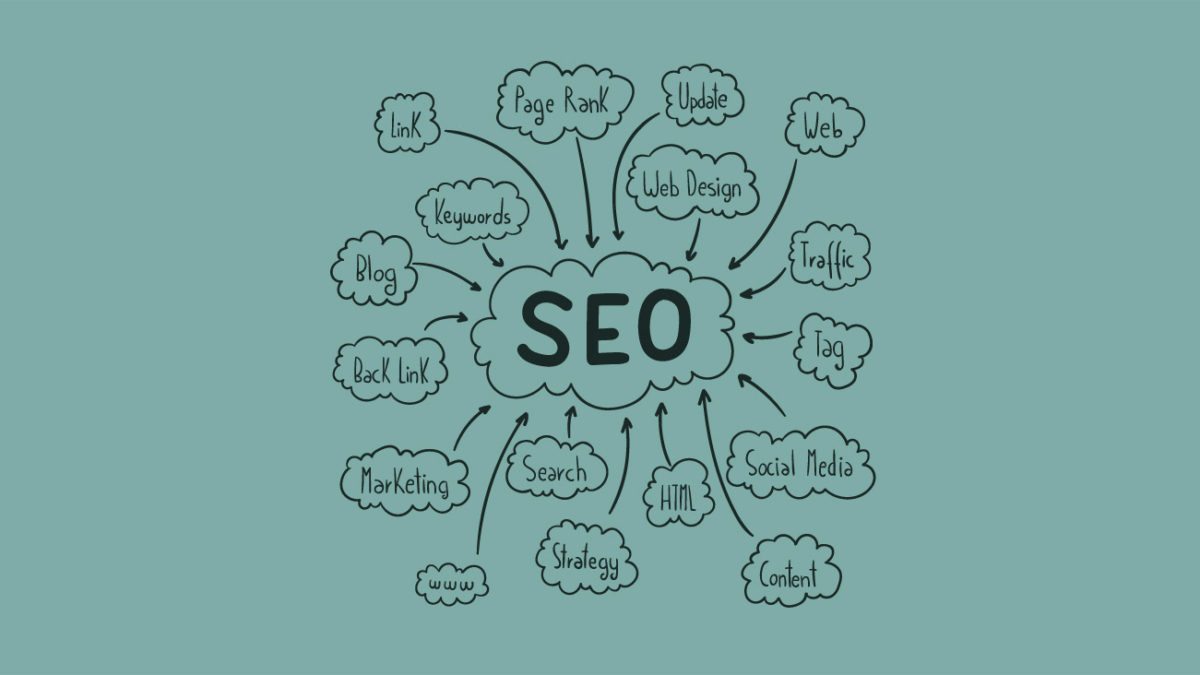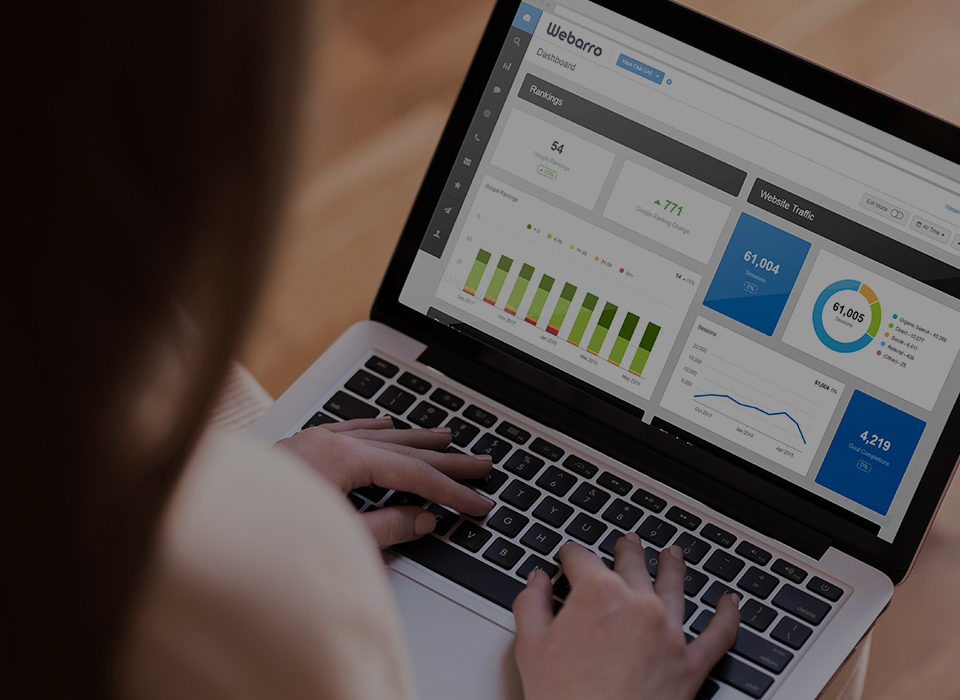Just the way a retail store owner keeps looking for new ways to increase the visitor footfall, every ecommerce portal needs to regularly evaluate its content, structure and other factors that critically affect its visibility on search engines. With the online landscape getting more and more competitive, having an SEO-friendly website is of extreme importance, especially for businesses who wish drive sales online. Read on to find out if your online store is making smart use of these SEO techniques for greater online visibility & ranking.
1. Duplicate Content
Do all it takes to ensure that your ecommerce portal is made up of original content. Many startups take the shortcut route by duplicating website copy from other online sources, as it saves time and money. Little do they realize that it’s only going to kill their online business in the long run. Special attention should be given to ensure that search engine relevant content such as Meta tags like Title and Descriptions are updated and optimized. Apart from this the product descriptions should be unique and it should not copied from the supplier or manufacturer product descriptions. Duplication issue may also occur due to session ID, paginations, same product in different categories, product filters using multiple criterions.
2. Canonical and 301 Issue
One way to get around the duplication issue is by using Canonical and 301. If your website is having same content with a different URL, it is important to mention canonical as search engines will be able to identify which one is the original URL and which ones are duplicate URLs, which will not be considered while indexing. Alternatively, 301 redirection can be used in cases where the duplicate URL should not be present in the website.
Here’s how the Canonical Tag look like.
<link rel=”canonical” href=” URL”>
3. Website Structure
Having a well-structured website makes it possible for robots to understand how your website category is navigating while crawling and indexing the website URLs. The hierarchy of the website should start with category level then sub-categories and product landing pages. If you have a product that falls in more than one category, then don’t forget to use canonical.
4. Rich Snippet
Snippets refer to the simple text that is displayed along with a search result in search engines. As the name suggests, Rich Snippet are the additional information that can be used apart from the regular snippet to enhance the searcher’s understanding of the value of a web page. This includes information like product review, rating, price, availability etc. Using this feature allows websites to gain user attention, build credibility, earn more clicks and in turn help in gaining a giant leap over competitors who don’t use this.
5. URL Structure
The structure of a web page URL provides ample amount of information to search engines regarding the page content and relevance. Therefore URLs should be created according to your website navigations for category level pages without any special characters, as search engines like Google and Bing can easily crawl these type of URLs. Here are few examples for better understanding.
abc.com/category/footwear/ (top level category)
abc.com/category/footwear/ sports-shoes/ (subcategory)
abc.com/product/puma-men-black-running-shoes/ (product page)
“Men’s Puma Shoes” abc.com/footwear/mens-footwear/brands/puma
6. Review Search Result
You may be doing SEO right for your website. However it’s good to have a URL scan to ensure that all’s well within your site. To generate the list all the URLs indexed in your website, make use of a query of this sort “site:abc.com”. Google will list all the pages indexed in your website, which you can review to check for duplicate page, duplicate content, fix unwanted pages and keep you sitemap clean and updated.





